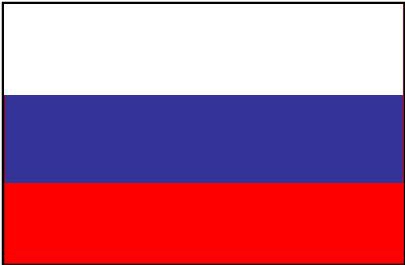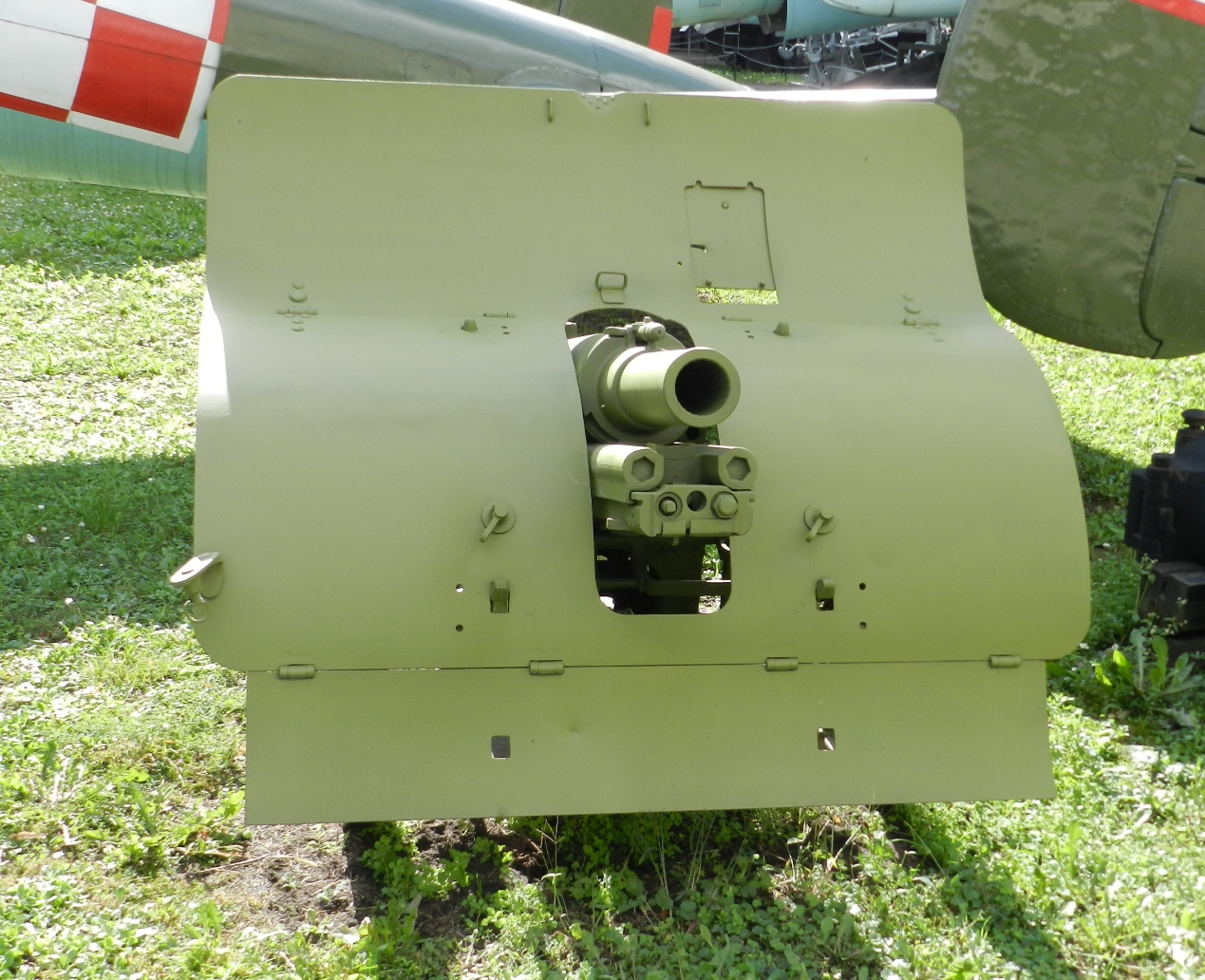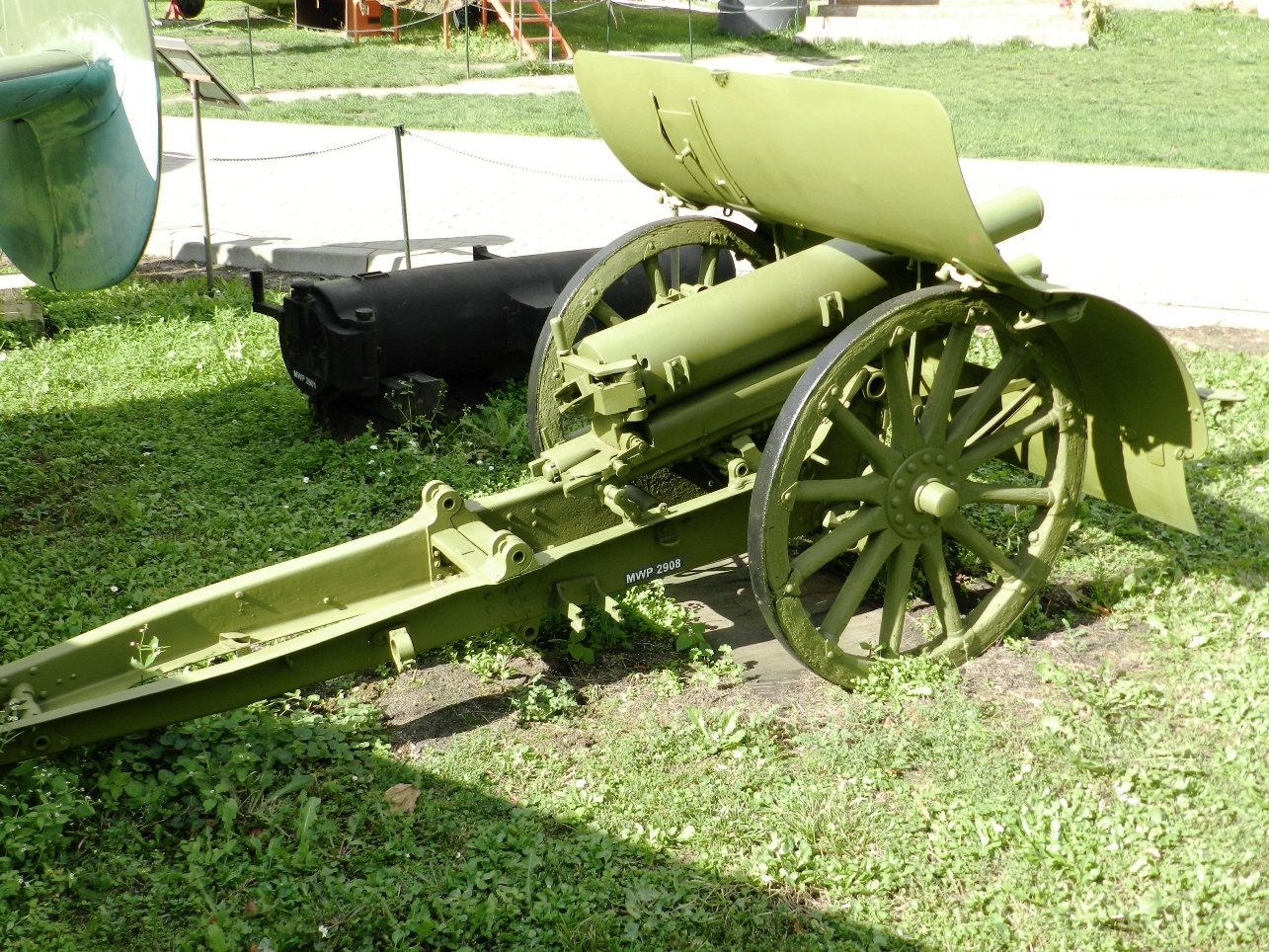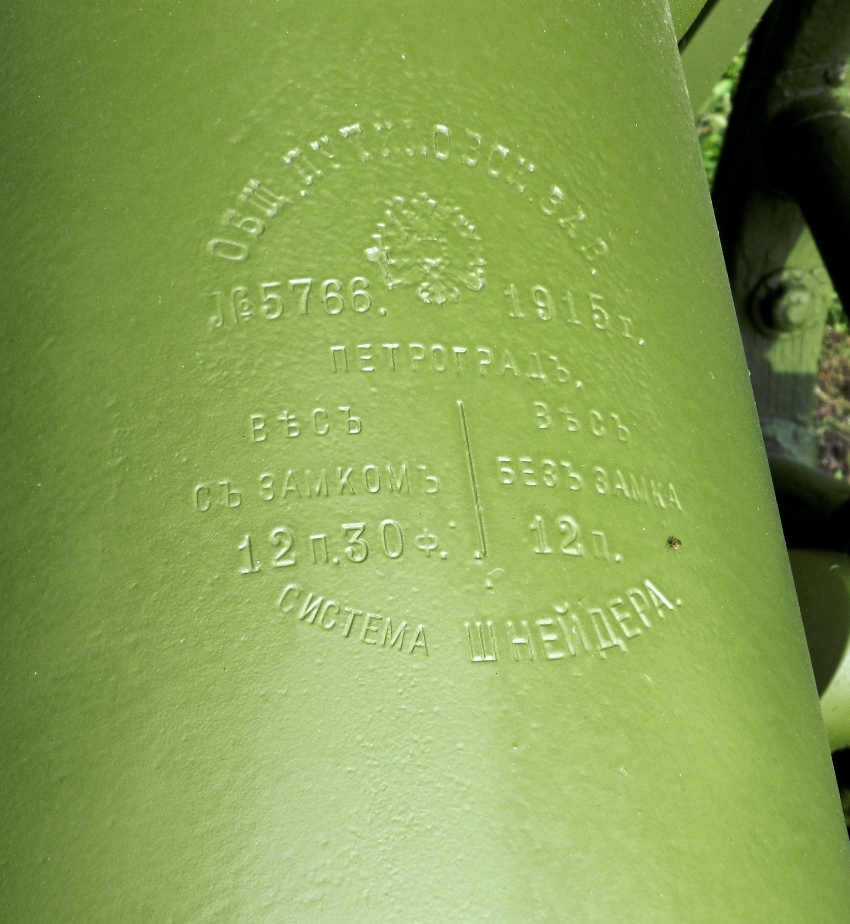|
Contributor :
|
Location :
Poland
Warsaw
Military Museum
Coordinates :
Lat : 52.18290 / Long : 21.06690
|
General comments on this surviving gun :
Identical items in the same location :
1
Items covered by this file :
1
|
|
Historic context :
At the end of the 19th century, two Greek officers proposed successively in an interval of 2 years a brand new design for a mountain gun. The invention of the Major Lykoudis appeared the first in 1891, but it did not trigger any interest in his country. Neither did the later similar design of the Major Danglis in 1893. The concept was nevertheless interesting since the design was including a barrel that could be dismantled in two separate parts for transportation : the inner rifled barrel and a jacket with the breech.
The two technicians became tough rivals and decided to contact the best industrials of the period to manufacture their concept. The alliance between Lykoudis and the German Krupp and the one between Danglis and the French Schneider gave birth to weapons that were proposed to Greece in 1907. At the end of the tests, Greece chose the '75 mm M06/09 Schneider-Danglis mountain gun' and used it during the Balkan Wars before 1914, but also later during WW2. Finland bought some of these and used it during its Winter War against Soviet Union in 1939 - 1940.
Schneider quickly decided to propose this concept to its foreign export customers. As a proof of the real commercial success that came out of it, this company 1917 catalog was including several weapons derivated from this Greek gun, under the generic name 'Canon de Montagne Puissant de 75 mm', with several versions l '75 M.P., 75 M.P.C., 75 M.P.D and 75 M.P.E.' delivered to numerous nations including Morocco, Serbia, Montenegro and Rumania. The name 'Danglis' disapperaed in these versions, as it had been reserved to the Greek guns in a commercial agreement.
In addition to the dismantlable barrel, the guns were equipped with a hydro-pneumatic recoil recuperation system, a large curved typical shield, and a mechanism allowing to pre-position the tube cradle on two different heights to the carriage so that the breech was not hitting the ground with the higher elevation angles.
This gun could not escape to the attention of Russia who was at that time engaged in an ambitious modernization program of its artillery in which Schneider, in association with Putilov, was taking the lion's share. Following a demonstration made in Schneider's Harfleur polygon in 1908 to the Grand Duc Serge, of the MPC2 version, Russia decided immediately to request the design of a derivated model with a 3 inches (76.2 mm) calibre. Manufactured in France and also under licence by Putilov (400 guns), this weapon was adopted by the Empire army in 1909 and was given the name '76.2mm M1909', or '76.2mm M.P.C. 2bis' in the Schneider Catalog. Some of these guns were later captured and used by the Wermacht during WW2.
|
Technical data :
- Complete description : 76.2 mm mountain gun Putilov M 1909 Putilov-Schneider ('Schneider-Danglis') - 76.2mm M.P.C. 2bis
- Design year : 1906
- Calibre : 76.20 mm
- Weight in firing position : 600 kg (without shield)
- Weight for transportation : 619 kg, in 6 separate loads
- Tube length in calibres : 16.50
- Grooves : 0 unknown
- Projectile weight : 6.5 kg
- Initial speed : 350 m/s
- Fire rate :
- Range : 6000 m
- Elevation range : -10 to +27 degrees
- Direction range : 4.3 degrees range
|




